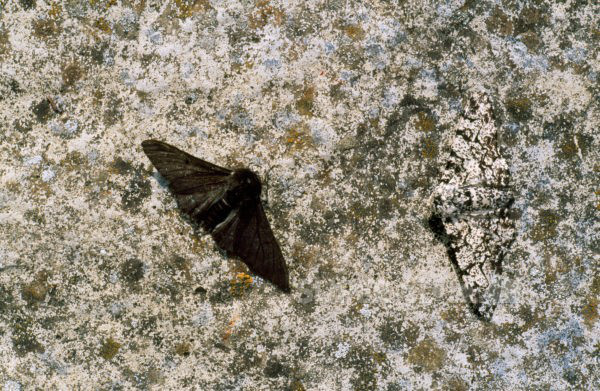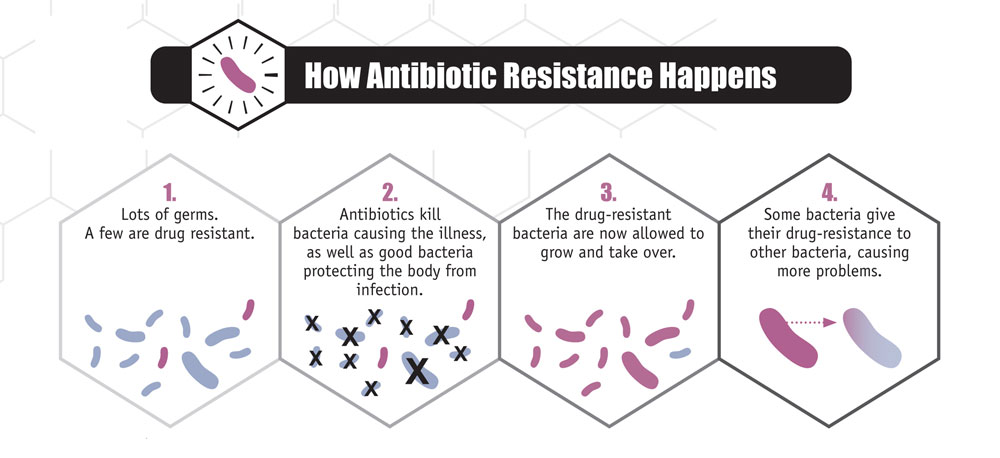Question #95d49
1 Answer
Mutations may allow organisms to have more reproductive success if said mutations gave them a distinct survival advantage.
Explanation:
There are two very distinct examples that illustrate this that you should know & understand: the peppered moth, and bacteria.
Case #1: The Peppered Moth
The story of the peppered moth is as follows: the peppered moth has two phenotypes (i.e. all observable traits of an organism): a light greyish color, and a black color. Now, for most of history, the greyish color offered a camouflage with surrounding trees, which helped shield moths with this color from predators. The black-colored moths, unfortunately, had no such advantage. See the image below:

Amazing, isn't it? So, as you can imagine, more of the grey-colored moths were able to survive, meaning they were much more prolific than their black-colored cousins.
However, there was a twist to the tale: come the 1800s, we had the industrial revolution. This meant that vast amounts of dust were spewed in the air from factories, giving most trees a black color. Suddenly...

....it's the black-colored moths who have the better camouflage! Suddenly, more and more grey-colored moths are getting eaten, and the black-colored moths are now the most prolific.
Case #2: Bacteria
If you follow science news, you'll have heard at some point of antibiotic resistance , or antibiotic immunity. Why does that happen? It's mostly due to overuse of antibiotics when you get a bacterial infection, which leads to certain drug-resistant bacteria showing up.
Here's a graphic that quickly sums this up:

As you can see, these are cases where mutations cause some kind of change that allows these organisms to flourish. Keep in mind that this isn't a "..and they lived Happily Ever After" kind of deal where the mutation keeps the organism safe forever -- it is just the best mutation for the circumstances. This is a key idea of evolution -- it doesn't build towards perfection; it just allows the most fit for the circumstances to survive.
For some further information, I'd recommend taking a look at these great articles:
- "The effects of mutations" - UC Berkeley
- "The Peppered Moth - a Seasoned Survivor" - University of Arizona.
..and this great video by Khan Academy.
Hope that helped :)

